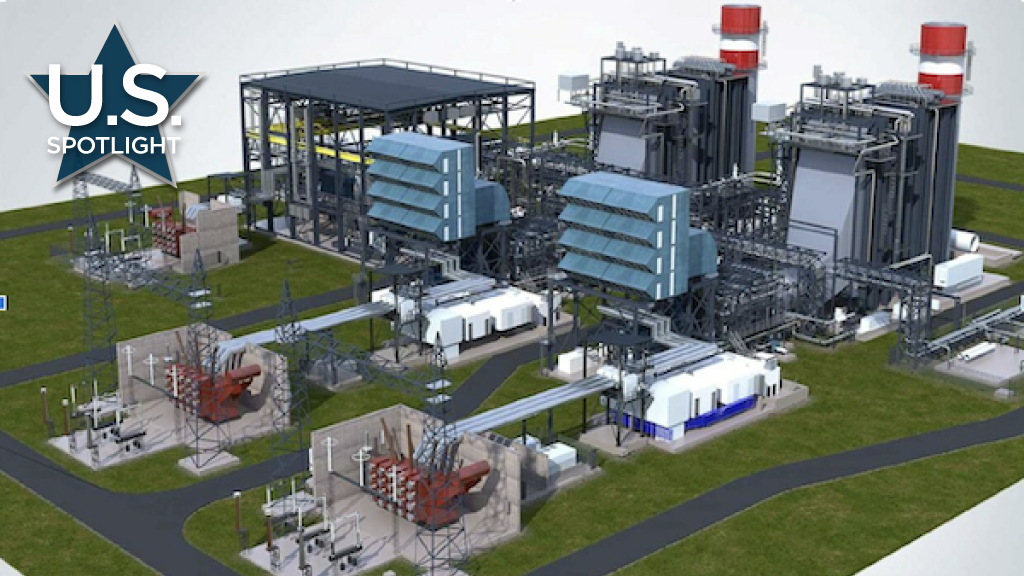Texas has had its share of winter storms and heat waves, but nothing on the scale of Hurricane Beryl. What Beryl demonstrated is that generating electrical power is one thing, but delivering it to customers is another. The world witnessed an electrical power delivery grid in disarray, particularly in the city of Houston.
When Beryl hit Texas, millions of homes and businesses were left without power for more than a week. Repairs to the delivery grid were slow. The loss of power not only meant personal suffering and multiple deaths due to high heat magnified by the absence of air conditioning, but also the near shutdown of food and gas supplies for state residents.
No single power supplier was criticized more than CenterPoint Energy, Houston’s primary utility company. CenterPoint was openly targeted on social media for “seemingly lack of preparedness.”
Political reaction was as strong as it was predictable.
Texas Gov. Greg Abbott insisted CentrePoint release more information concerning repair progress, threatening to “impose my own requirements on CenterPoint that are geared to keep power on through hurricane season until the next legislative session.”
Over recent years, the focus in Texas has been on power generation capacity.
Texas knows it needs more electrical power generation and from diverse sources. Overall power generation in Texas has increased during the past decade, rising 27 per cent to 496.5 million MWh in 2023, according to the Institute for Energy Economics and Financial Analysis (EEFA). Most of this increase has been covered by the growth in renewable energy sources.
No state generates more power from wind than Texas. The United States Energy Information Agency reports Texas produced 25.4 per cent of all wind-generated electricity in the country in January 2024, more than double that produced by the next state.
In terms of solar, Texas installed over 15GW of solar capacity in 2023 and is expected to install another 100GW over the next 10 years, more than twice any other state. However, this would still fall short of the 2030 estimate of 150GW power requirements cited by Pablo Vegas, CEO of ERCOT, the state’s electrical management body, when he recently addressed the Texas Senate Business and Commerce Committee.
However, wind and solar power is not much use during a hurricane. That’s one reason why power generation in Texas is backed up by more traditional sources, particularly natural gas.
Although the EEFA reports fossil-fuelled power generation has fallen to 60 per cent of the state’s total generation over the past 10 years, it is projected to grow dramatically alongside renewables.
The Texas Energy Fund had more than $5 billion in low interest loans approved last November by the state’s legislature that could result in as much as 41GW of future “dispatchable” capacity, mostly from natural gas. This pales beside the 129GW of solar interconnection requests being tracked by ERCOT as of May 31, but nevertheless indicates the need for reliable on-demand power that is less sensitive to extreme weather. Abbott and Lt. Gov. Dan Patrick reportedly want to double the loan program to $10 billion.
Significant future demand in Texas is coming from the influx of data centers and AI facilities, either underway or scheduled to be built. Goldman Sachs Research analysts estimate data center power demand will grow 165 per cent across the United States by 2030 and could represent as much as four per cent of the country’s power demand.While power generation is paramount, dealing with the lessons learned from Beryl requires a multi-level response.
First, consistent supply can only be assured with battery backup.
In that regard, ERCOT’s current storage capacity of 4GW could grow to as much as 8.4GW by the end of 2024, more than any other state. However, the requirement will increase to as much as 20GW by 2035, according to Aurora Energy Research.
However, moving power from its source to customers is where the weakest links in the grid currently appear.
Buried power supply cables are the norm in areas of more recent development, both commercial and residential. In fact, CenterPoint says 60 per cent of its greater Houston-area customers are already served with underground power connections.
On the other hand, coping with delivery interruptions for those at an economic disadvantage is more complicated and requires considerable investment.
Powerlines in low income areas are typically above ground on poles. Grid connections are quickly dismantled when trees are felled by hurricane force winds and rains. CenterPoint said power cables in some areas cannot be easily moved underground due to local geography and other restrictions.
Whether the state itself will ultimately step up and fund power delivery improvements remains to be seen. But until serious steps are taken towards end-to-end grid resiliency, Texas remains vulnerable to more serious disruptions, no matter how much power is generated or stored.











It is an error to imply that only low income areas have above ground power lines. Newer areas are below ground, regardless of economic status. Older areas are above ground. Everyone was affected equally. The wealthiest areas lost power along with the rest of us.